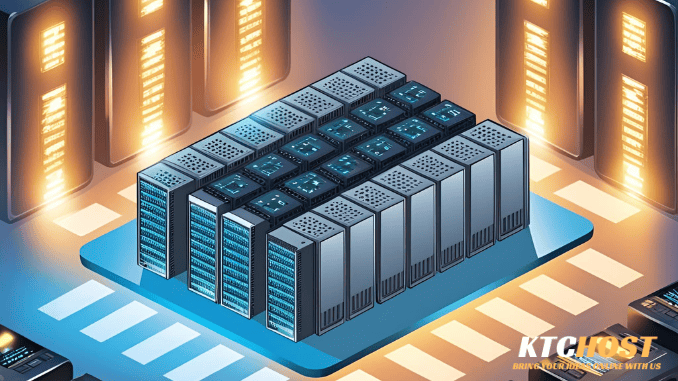

A load balancer is like a traffic cop sitting in front of your servers. Its job is to distribute incoming network traffic across multiple servers so no single server gets overwhelmed — improving performance, reliability, and uptime.
Imagine a busy highway with several lanes — if all vehicles tried to use just one lane, there would be constant traffic jams. Similarly, if all user requests go to one server, it would slow down or even crash. A load balancer steps in to direct each request to the least busy or most appropriate server, balancing the load evenly.
🌐 OSI (Open Systems Interconnection) Model Basics (Why Layer 4 and Layer 7?)
The OSI model has 7 layers. For this topic:
- Layer 4 = Transport Layer (deals with TCP/UDP ports, IP addresses)
- Layer 7 = Application Layer (deals with HTTP, HTTPS, cookies, headers)
🔁 What is a Layer 4 Load Balancer?
✅ Layer 4 LB: Think of it as a “Postman who only cares about the address.”
- Works based on IP address and TCP/UDP ports.
- Doesn’t know what’s inside the request (doesn’t read HTTP data).
- Faster and more lightweight.
- Used for raw TCP/UDP traffic (e.g., FTP, SMTP, custom protocols, even HTTP if you don’t need inspection).
🏗️ Architecture
Client
|
+-------------+
| Layer 4 LB | ← (Decides based on IP/Port)
+-------------+
/ | \
Server1 Server2 Server3
- It sees: “Client wants to go to IP:port”, and forwards to one backend based on that.
📦 Example:
Let’s say you have a game server using TCP on port 27015.
- Client sends request to the LB at
game.example.com:27015. - Layer 4 LB forwards the TCP packet to one of the game servers (based on round robin, least connection, etc).
🧠 What is a Layer 7 Load Balancer?
✅ Layer 7 LB: Think of it as a “Smart receptionist who reads your letter.”
- Works at HTTP/HTTPS level, understands the full web request.
- Can route traffic based on:
- URL paths (
/api,/login) - Hostnames (
api.example.com,www.example.com) - Headers, Cookies, or even Payload content.
- URL paths (
- Can do SSL termination, caching, authentication, etc.
- Slightly slower than Layer 4, but smarter.
🏗️ Architecture
Client (Browser)
|
+-------------------+
| Layer 7 LB | ← (Inspects HTTP requests)
+-------------------+
| | |
Web1 Web2 API Server
- It sees: “This is an HTTPS request for
/api/user”, and forwards it to API server. - For
/images, it can send to a different server.
📦 Example:
Your website has:
www.example.comfor frontendapi.example.comfor APIs
With Layer 7 LB:
- If request is for
www.example.com, send to frontend servers - If request is for
api.example.com, send to backend API servers
⚖️ Layer 4 vs Layer 7 — Comparison Table
| Feature | Layer 4 LB | Layer 7 LB |
|---|---|---|
| OSI Level | Transport (TCP/UDP) | Application (HTTP/HTTPS) |
| Routing Based On | IP address + Port | URL, Hostname, Cookies, Headers |
| Protocol Support | TCP, UDP | HTTP, HTTPS |
| SSL Termination | ❌ No | ✅ Yes |
| Content Awareness | ❌ No | ✅ Yes |
| Speed | ✅ Faster | ⚠️ Slower (but smarter) |
| Use Case | Game servers, Mail, DB | Web apps, APIs, Microservices |
🛠️ Real-World Tools (Examples)
| Load Balancer | Layer Support | Notes |
|---|---|---|
| HAProxy | Layer 4 & 7 | Open-source, very flexible |
| Nginx | Primarily Layer 7 | Can also work in Layer 4 mode |
| AWS ELB | L4 & L7 | Application LB = Layer 7, Network LB = L4 |
| Kubernetes Services | L4 (default), L7 via Ingress | |
| Cloudflare | Layer 7 | Reverse proxy & security focus |
📌 Summary
| Use This | When You Need |
|---|---|
| Layer 4 LB | High speed, low overhead, simple routing |
| Layer 7 LB | Advanced rules, content-based routing, SSL termination |
